
Combining a clean, fresh, neutral colour palette and emphasis on natural, earthy materials, Emma Sims Hilditch brings the same elegant, understated approach to a city townhouse as she does a country retreat. In the business for two decades, her design practice is based just outside Bath and she’s also the creative director of home lifestyle brand Neptune. Here, she shares her design secrets...
How did you get started in interior design?
I’m the great-granddaughter of a Royal Academician and my mother had a flair for interiors, so I grew up immersed in a world of art, architecture and design. I started my career, though, with a business degree and a job in film production, working with Ridley Scott. It was a great way not only to learn all about light, colour and detail, but also how to organise design on a large scale, juggling crews, locations and set. In 1995, I set up my own interior design practice. My first big commission was a manor house for a family with eight children!
How do people describe your style?
My interiors have been variously described as ‘radiating palpable tranquillity’ and a ‘breezy 21st-century take on English countryside style’. Creating areas of light and shade is one of the most important aspects of my designs – I like to use a lot of fresh colours, natural materials such as wood, stone and linen, then mix in just a hint of metallics and mirror to reflect light.
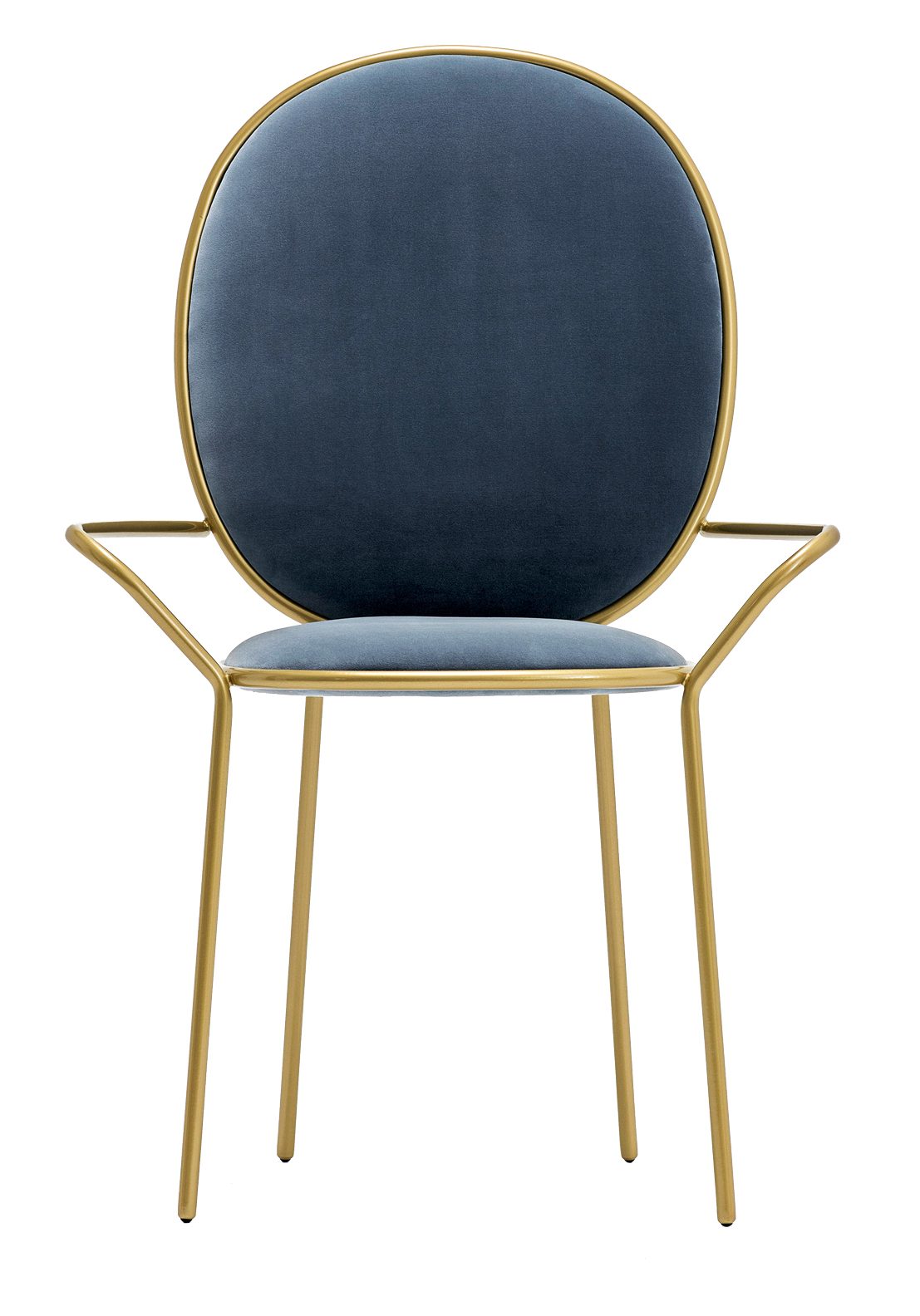
what makes a timeless interior?
It’s about getting the bones of the space right – solid stone and wood flooring sets the whole foundation for a scheme. I love wide, engineered oak boards, which work well with underfloor heating.For quick, affordable updates, I use bursts of colour as a finishing touch, which can then be easily changed or added to in layers with soft furnishings and seasonal decorations.
The Livingetc newsletters are your inside source for what’s shaping interiors now - and what’s next. Discover trend forecasts, smart style ideas, and curated shopping inspiration that brings design to life. Subscribe today and stay ahead of the curve.

What are your top tips for success?
Get the lighting right. Think in advance about the infrastructure for wiring, so you can accommodate low-, mid- and high-level lighting.
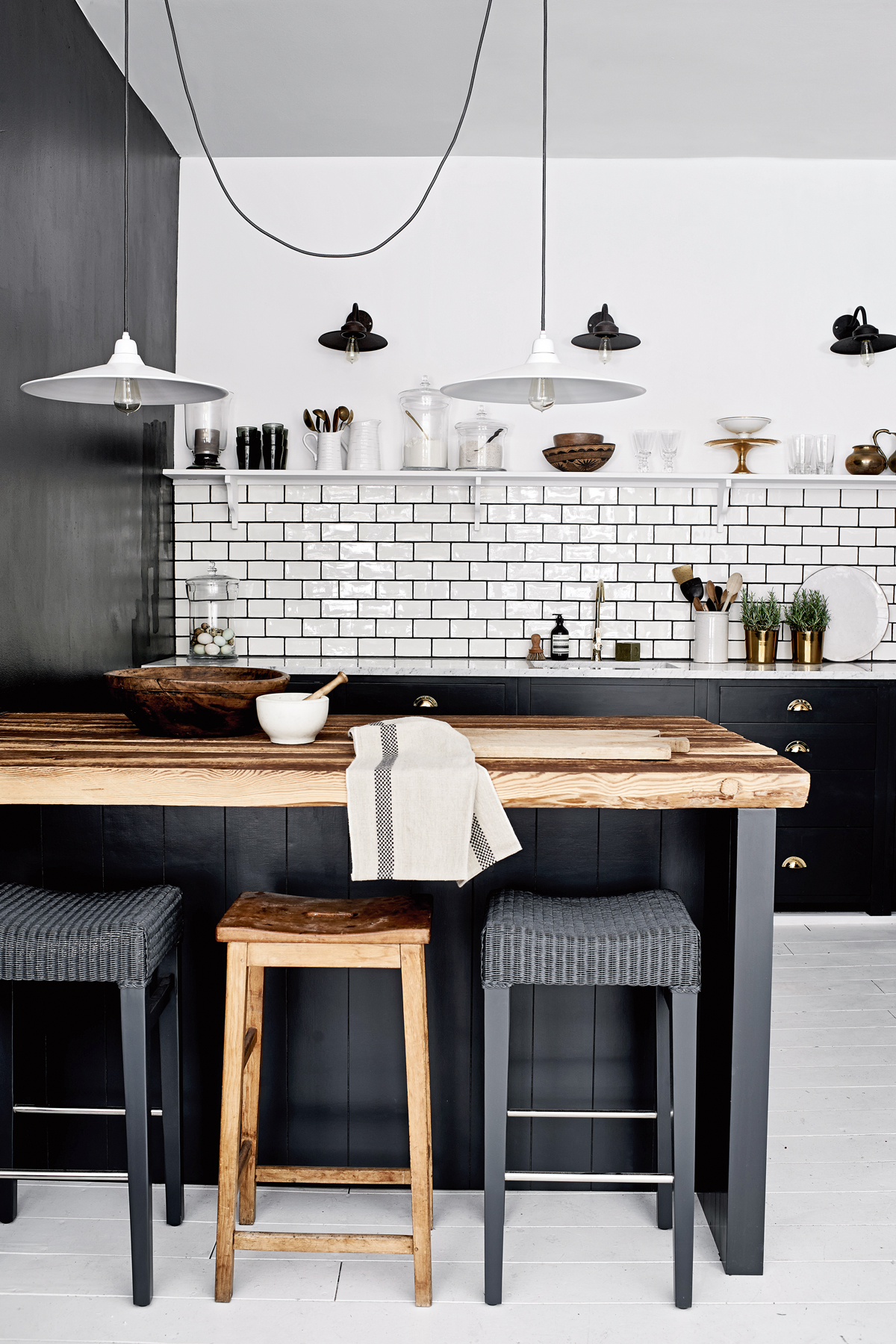
And a proper pigment paint is essential, otherwise you never get the right texture on walls. I like to use Little Greene’s Slaked Lime and Neptune’s Silver Birch on woodwork, Driftwood on walls and, for a cosy scheme, Neptune’s Moss on panelling.
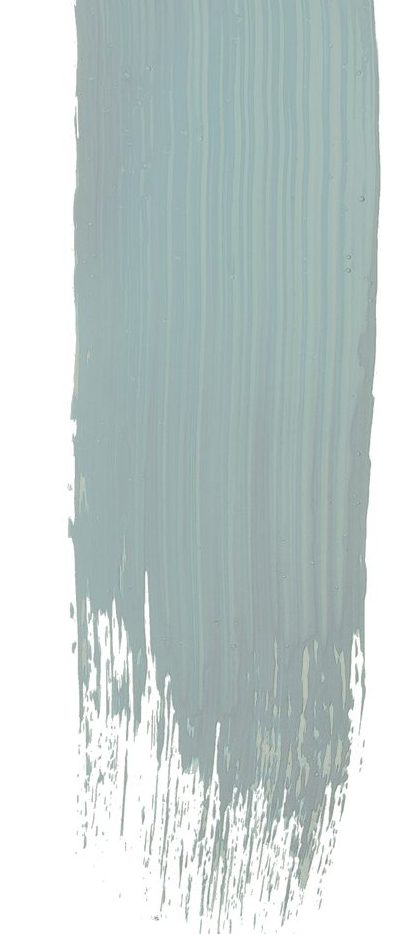
Do you have any unusual design ideas?
I like to team a woollen chair with cotton velvet piping. Panelling and moulding can be modern too, giving depth and interest to a room. Round mirrors create an unusual effect and lend a more contemporary feel. Half-height panelling on walls or tongue-and-groove used on a ceiling can really change a room – thisis a great trick with pitched ceilings in an attic, rather than using simple plaster.
What inspires you?
I look for inspiration wherever I am, whether it’s the beautiful Cotswolds countryside or a smart design hotel. Every country gives me different ideas too –I particularly love the Belgian style, understated, elegant and natural in its approach. Axel Vervoordt is a master of design; so too Marco Meneguzzi.
How do you start a new project?
I look at the interior architecture, the context, the history of the house to inspire what I’ll do next. Not doing this can make it all go wrong – an old castle with purple padded walls won’t work, it needs to be sympathetic, with materials that don’t date. Rooms must always have form and function – sofas must be comfortable, chairs can’t wobble – because whether it’s a home, a hotel or a restaurant, people are at the heart of every design and my interiors are for living in.
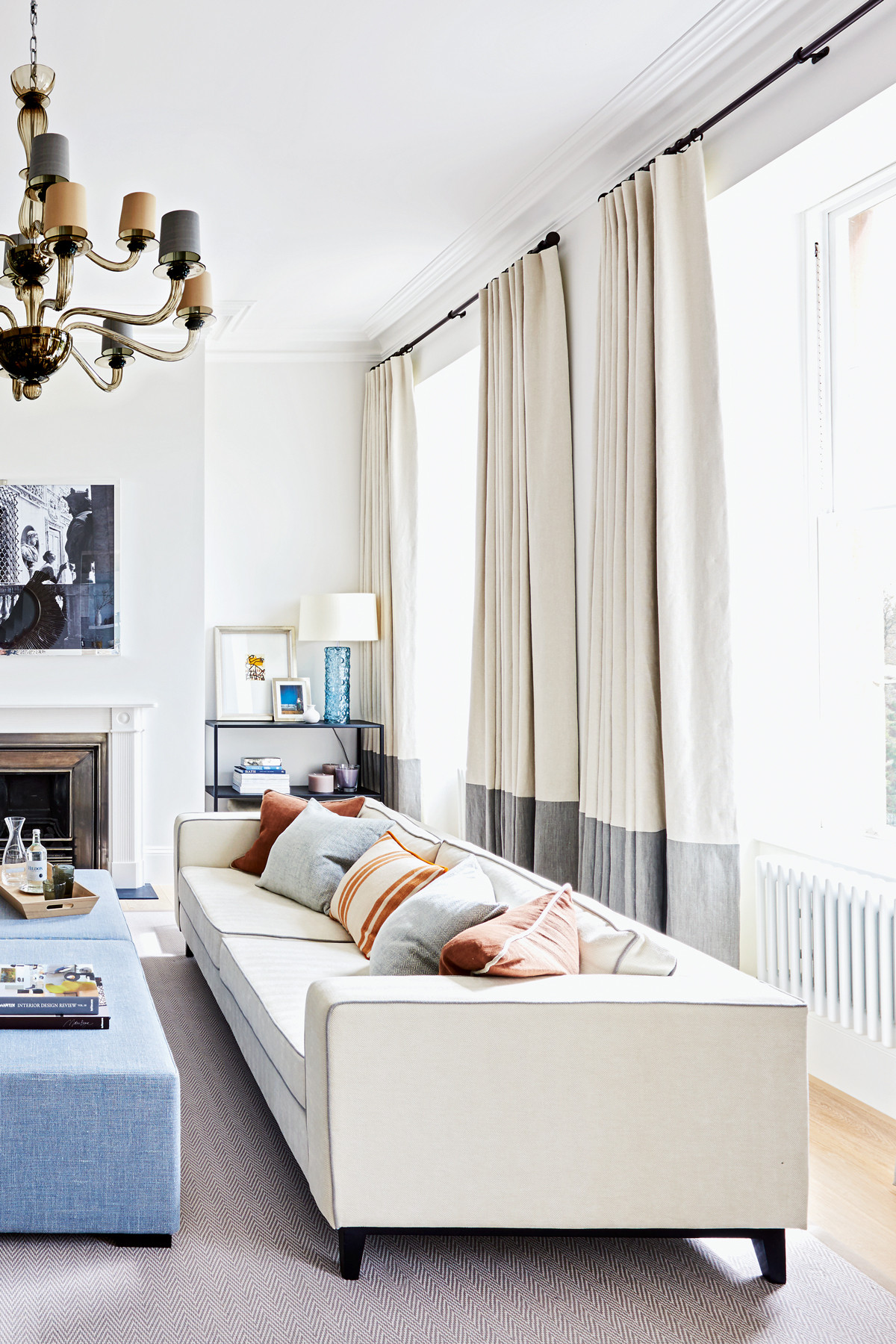
How do you marry the old with the new?
When we designed the restaurant at Calcot Manor in the Cotswolds, we broke down the traditional barriers between kitchen, restaurant and bar to create an airy and vibrant interior space, but remained sensitive to the building’s impressive seven-century history by ensuring the restoration work reflected the original spirit of every stone and beam.
How does the location influence the end design?
I recently decorated a house in Cornwall and puzzled a lot over how to create a contemporary British seaside feel without going overboard on nautical or ocean references. I put the hues of sea and sky, with watery blues and sandy neutrals to one side, and spent a long time looking at the landscape, where I discovered a whole other range of colours, from rich, chocolaty browns to hints of orangey-pink. I finished it off with chunky woven textures and contemporary furniture in glass and metal to bring in an elementof reflection, just like the sea glinting in the sun.
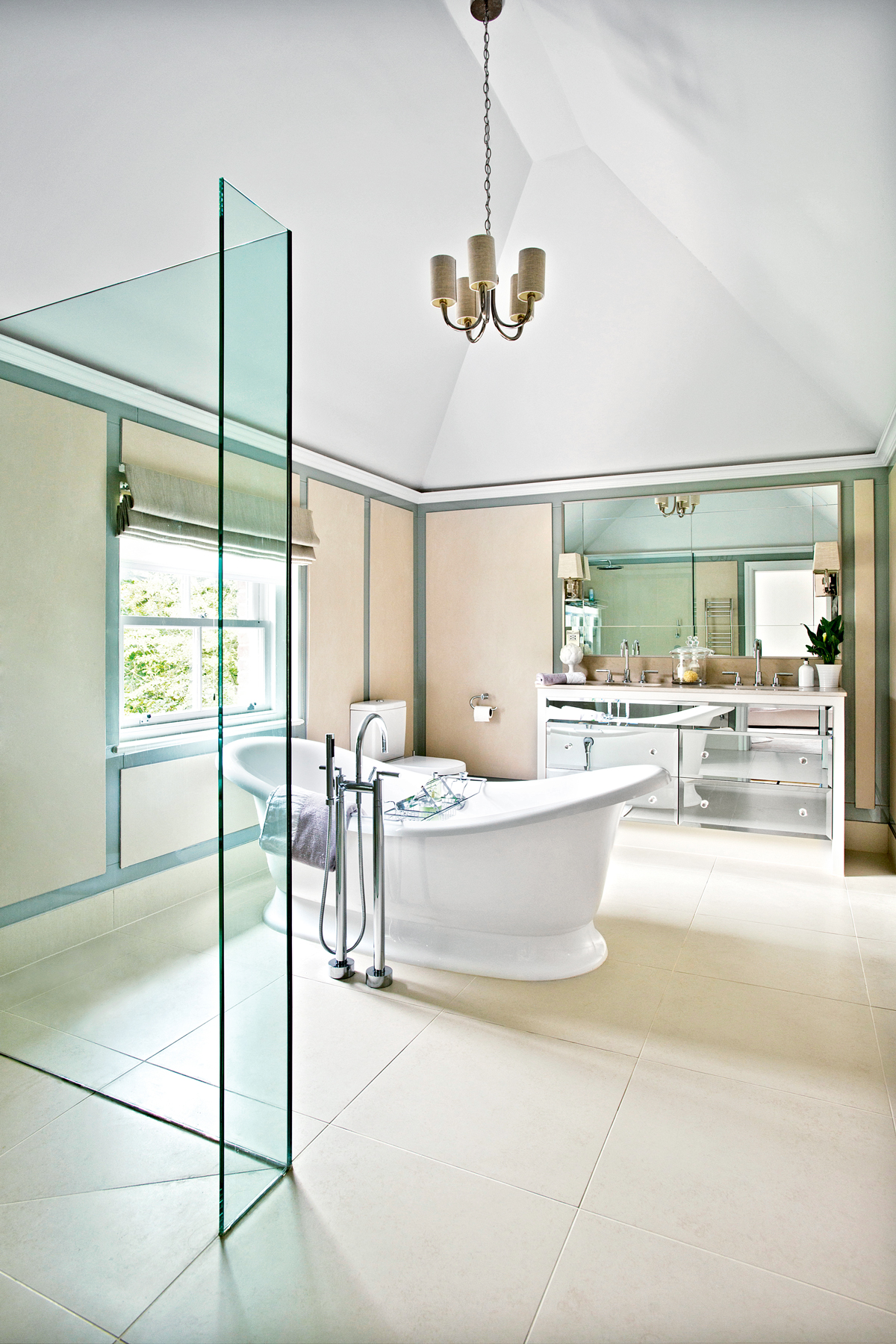
What’s up next?
We’re working on the refurbishment of a Grade II-listed family house in Wiltshire, the former family home of Laura Ashley in North Wales and an exciting hotel project in central London.
And if there was one house you could design?
I’d love to try to charm George Clooney into moving to Wiltshire. He’s always so elegantly dressed, I like to think I could design a home that suits his suave, old-school Hollywood lifestyle.
See more of Emma’s work at simshilditch.com
The homes media brand for early adopters, Livingetc shines a spotlight on the now and the next in design, obsessively covering interior trends, color advice, stylish homeware and modern homes. Celebrating the intersection between fashion and interiors. it's the brand that makes and breaks trends and it draws on its network on leading international luminaries to bring you the very best insight and ideas.